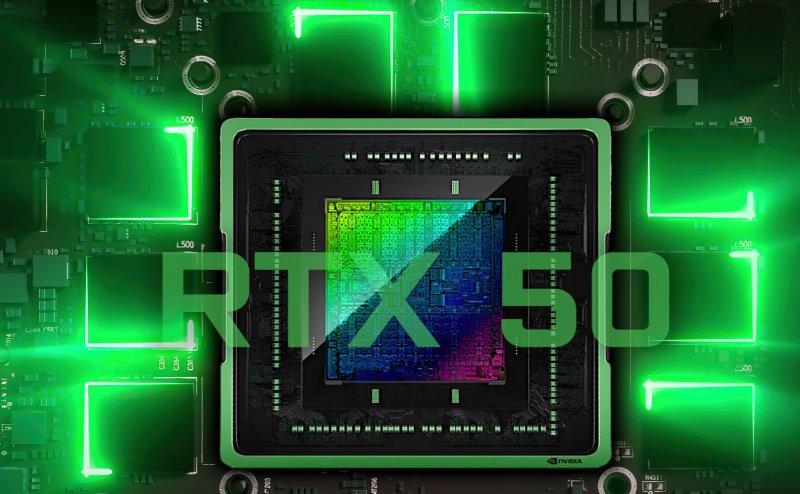According to the usual well informed Kopite7kimi, the flagship NVIDIA GeForce RTX 5090 will be equipped with a giant “Blackwell” GB202 monolithic GPU. The preliminary specifications speak of 192 SMs (Streaming Multiprocessors) which would translate into 24,567 CUDA cores, provided that the chip maintains the 128 cores per SM design seen in the AD102 “Ada” based cards.
Although NVIDIA has adopted the chiplet design (MCM) for its HPC/AI cards such as the B100 and B200, it appears that it instead wants to maintain the monolithic package for its consumer GPUs. But the story may be more complex than that.
Monolithic, or almost?
The GB202 “Blackwell” graphics processor should have a monolithic design and, according to previous rumors about the specifications of NVIDIA 5090, it should integrate double the SMs and cores compared to GB203, the GPU “cut” for cards like the GeForce RTX 5080. This would translate into a huge performance difference between the two cards, positioning the RTX 5090 as a true power monster.
However, there is one interesting detail: we still cannot completely rule out the possibility of a “chiplet” design hidden under the hood. What NVIDIA could do, in fact, is integrate two GB203 dies into a monolithic package, without this appearing like a chiplet design. This would allow for better internal communication between dies, avoiding the bottlenecks typical of traditional chiplet implementations that rely on off-die communication.
It’s true that NVIDIA already has solutions to overcome these bottlenecks, such as NVLINK and other interconnects, but these add complexity to the GPU and can become expensive. NVIDIA also already has an established solution with the GA100 and GH100 cards, which are essentially two halves of a smaller die connected by an interconnect, communicating across a split L2 cache. Second NVIDIA’s Bryan Catanzarothis implementation improves scalability, and the initial transition to this design has been positive.
Finally, the chip is expected to be based on the TSMC 4NP (5nm) manufacturing process, which should offer a 30% improved transistor density. This, combined with the architectural updates, should result in a noticeable performance boost.
NVIDIA could therefore use the same approach for gaming cards as well, which would mean that, in the future, we could see chiplet-based B100/B200 style cards for the gaming world too.
Returning to the GeForce RTX 5090
But let’s get back to talking about the 5090 GPU more specifically. Various rumors suggest the adoption of a 512-bit interface for the next flagship and there is already talk of a new cooling system and a new PCB for this card which promises to be a real monster of power.
Furthermore, considering the rumors that AMD is exiting the ultra-high performance graphics segment with its RDNA 4 lineup, it seems that NVIDIA may push its gaming lead further with Blackwell GPUs. The GeForce RTX 5090 is expected to hit the market just a few weeks after the RTX 5080, which is rumored to be the first Blackwell gaming GPU to hit store shelves.
#NVIDIA #GeForce #RTX #Blackwell #GB202 #die #monolithic #design #rumor

